Photo

Grevy's zebra are one of the three species of zebra, the others are plains and mountain zebras. They've undergone one of the most substantial reductions in range of any African mammal. Originally found widely through the Horn of Africa, today they are confined to Ethiopia and Kenya. Grevy's zebras are in crisis but our partners at @grevyszebratrust are on the scene working strategically to protect this remarkable species of equid. You can donate to Grevy's Zebra Trust via our website - the link is in our bio. Photo by Suzi Eszterhas
57 notes
·
View notes
Photo

Andean cats are kind of like unicorns. There has only been 10 recorded sightings in the past 25 years that conservationists have been studying them. Our partners at the Alianza Gato Andino - Andean Cat Alliance (AGA) surmount incredible challenges every day to unearth the mysteries surrounding this gorgeous feline. Most AGA staff have never laid eyes on an Andean cat. Yet to them it represents all that is wild and beautiful in the Andes. AGA was the first to capture and radio collar an Andean cat and uses its increasing knowledge of the cat for conservation education and the growth of protected areas. To support this program, visit our website - the link is in our bio. #andeancats
149 notes
·
View notes
Photo

Filming a snow leopard can be nearly impossible. Their elevated, freezing mountain environment is no place for humans to fit into comfortably and having the patience to find one is a whole other hurdle altogether. Hear the story from two experienced photographers in the recent newsletter from our partners at the @snowleopardconservancy Visit their Facebook to read the story. Photo by Eric Ash #snowleopards #bigcats #bigcatsofig #wildlife #conservation #wildlifephotography
35 notes
·
View notes
Photo
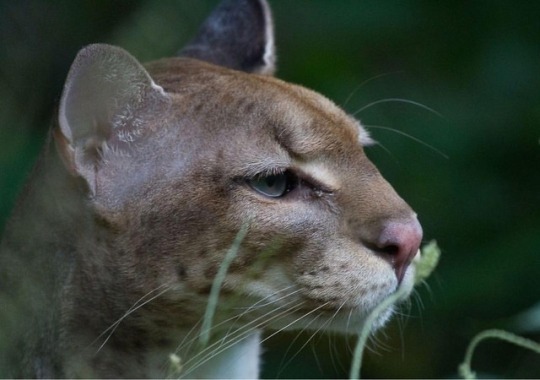
The world of small wild cats is full of mystery and intrigue. For instance, are you familiar with the African Golden Cat? They are Africa’s least studied wild cat species, due to their elusive nature and because of their habitat preference for the dense Equatorial forests of Africa, making them harder to study. Go follow @smallwildcats to get more small wild cat updates! #cats #smallcats #wildcats #wildlife #conservation #wildlifephotography
11 notes
·
View notes
Photo
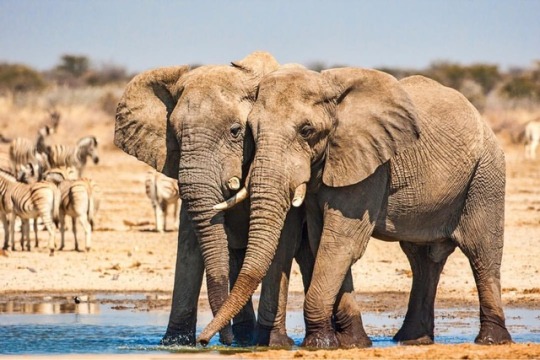
THANK YOU to our friends at @eschocolate for their incredibly generous donation to the @elephantcrisisfund, a dynamic conservation effort that funds projects around the world to save elephants and stop the ivory trade. Their generosity has made the New Year sweeter for elephants (and us!) Join them and "Indulge in a Cause"—gift yourself or your friends & family with Endangered Species Chocolate and help protect wildlife!
16 notes
·
View notes
Photo
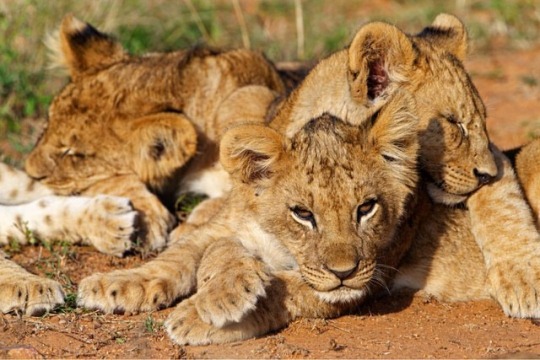
Wishing you a warm and happy holiday season from all of us at WCN! Thank you so much for all that you do for wildlife.
13 notes
·
View notes
Photo

Elephants use their tusks for a variety of tasks. Not only do they make formidable weapons when defending against potential predators or in battles against other elephants, but they are also incredibly important in helping elephants forage for food, strip tree barks, and move things out of the way. Male elephants also use their tusks to attract the attention of females in their elaborate displays during mating season. Sadly, elephant tusks are the most sought after form of "ivory" due to its texture, softness, and lack of tough outer coating of enamel. Your support can help us reverse this alarming trend and change the future for these gentle mammals. Visit @elephantcrisisfund and @savetheelephants today. Photo by Frank af Petersens
13 notes
·
View notes
Photo

Happy #MonkeyDay! We're celebrating with what we all like to call "The cutest little monkey," the cotton-top tamarin. These charming little primates are endemic to Colombia, meaning you can't find them anywhere else in the world. Cotton-tops live happily in family groups in the treetops, but their forest home has been threatened by human development. Proyecto Titi (@proyectotiti) works closely with local farmers and cattle ranchers to preserve land for cotton-tops. #cottontops #monkeys #wildlife #wildlifephotography #conservation
6 notes
·
View notes
Photo

Spectacled bears make their home in the dense Andean jungles of South America, and is the continent’s only bear species. These intensely shy animals live on the slopes of the Andes, climbing as high as 14,000 feet! Follow our partners @sbcperu to learn more about these charming bears and what is being done to save them. Photo by SBC #spectacledbears #wildlife #wildlifeconservation #wildlifephotography
7 notes
·
View notes
Photo

Our friends at @wildlifecrimeprevention launched a hard-hitting public awareness campaign in Zambia about the impacts of the illegal bushmeat trade. Illegally sourced bushmeat is dangerous (for people) and also one of the BIGGEST threats to lions and other wildlife. WCP—a grantee of the @lionrecovery fund—hopes to shed light on the very real risks posed by illegal bushmeat.
14 notes
·
View notes
Photo

Macaw numbers worldwide have been plummeting for many years and Costa Rica is no different. Formerly present over 85% of the country, there are now two main isolated populations of scarlet macaws remaining in Costa Rica. While great green macaws have recovered slightly thanks to intensive conservation efforts, their total population is still low. For over thirty years, @araproject.royectoara has been a leader in the rescue and the release of macaws in Costa Rica. Photo by Ara Project #macaws #greatgreenmacaws #scarletmacaws #wildlifeconservation #wildlifephotography
11 notes
·
View notes
Photo
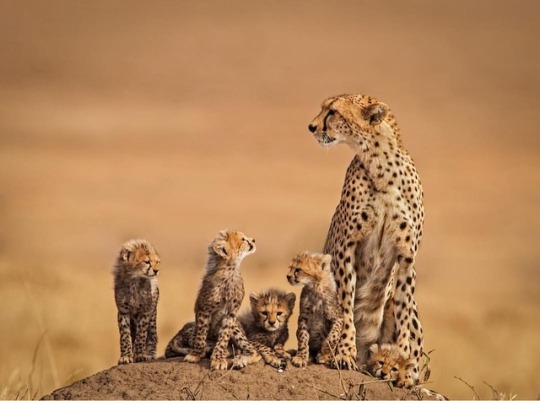
Happy International Cheetah Day! The world's fastest land mammal is an anatomical masterpiece, built from head to toe for maximum speed and admired the world over. But these iconic cats need our help. Threats of habitat loss, the pet trade, and conflicts with humans are putting their numbers at risk. Luckily, our partners at @ccfcheetah and @cheetahconservationbotswana are hard at work every day protecting these spotted beauties. Click the link in our bio to find out how YOU can help! Photo by Ken and Michelle Dyball #cheetah #cheetahs #cheetahconservation #internationalcheetahday #wildlife #wildlifephotography
9 notes
·
View notes
Photo

African wild dogs, also known as painted dogs, used to live all across Africa. Impacted by poaching, road kills, and mining and logging that destroy habitat, only 6,600 dogs are thought to remain. @painted_dog_conservation works closely with local people to develop an appreciation for the dogs and the value of conservation. Learn more in their presentation from the 2017 Fall Wildlife Conservation Expo. Link is in our bio. Photo by Susan McConnell #africanwilddogs #painteddogs #conservation #wildlife #wildlifephotography
8 notes
·
View notes
Photo

Snow leopard fans, did you know that like the cheetah and the puma, snow leopards too cannot roar? Instead, they communicate with each other through unique puffing sounds calling "chuffing." Our partners at @snowleopardconservancy dedicate their time and efforts toward protecting these stunning cats so that we can continue to be amazed by their beauty, stealth, intelligence and grace for generations to come. Photo by Eric Ash #snowleopards #bigcats #bigcatsofig #wildlifeconservation #wildlifephotography
13 notes
·
View notes
Photo

The Ethiopian Wolf Conservation Programme (EWCP) has played an instrumental role in helping the people of Ethiopia learn about and protect the rare and unique Ethiopian wolf, a special animal that lives only in their country. Click the link in the bio to check out a full presentation from our 2017 Fall Wildlife Conservation Expo where Dr. Jorgelina Marino discusses what it will take to save them. Photo by EWCP #ethiopianwolf #ethiopia #africa #wildlife #conservation #endangeredspecies #wildlifephotography #wildlifeconservation
#africa#conservation#wildlifephotography#ethiopia#wildlife#wildlifeconservation#ethiopianwolf#endangeredspecies
13 notes
·
View notes
Photo

At one time saiga antelope lived alongside mammoths and saber toothed tigers. Today they are found in much smaller ranges in the Eurasian steppes. Saigas have the unfortunate distinction of having the fastest decline ever recorded for a mammal species, losing nearly 95% of their population between the early 1990s to 2005 from poaching for their meat and horns. There is hope though as saiga populations recover quickly and with help from our partners at saiga_conservation, this ancient species will continue to survive. To support SCA, visit wildnet.org/sca Photo by Pavel Sorokin #saiga #wildlife #conservation #antelope #wildlifephotography #endangeredspecies
11 notes
·
View notes
Photo
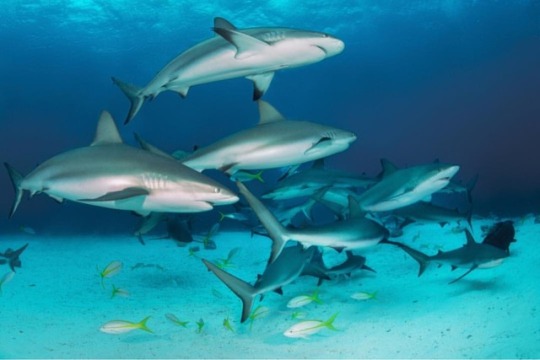
A recent study by shark researcher Dr. Alastair Harry reveals that, as suspected by many scientists, a considerable number of shark (and ray/skate) species live significantly longer than previously thought making them potentially much more vulnerable to overexploitation. Species longevity is a key criteria that needs to be taken into account in the management of threats to shark populations. Visit our partners at @maralliance to learn more about sharks and rays. Photo by Predrag Vuckovic #sharks #rays #marineanimals #wildlife #wildlifephotography #endangeredspecies #conservation #wildlifeconservation
#sharks#conservation#wildlifeconservation#rays#endangeredspecies#marineanimals#wildlifephotography#wildlife
3 notes
·
View notes